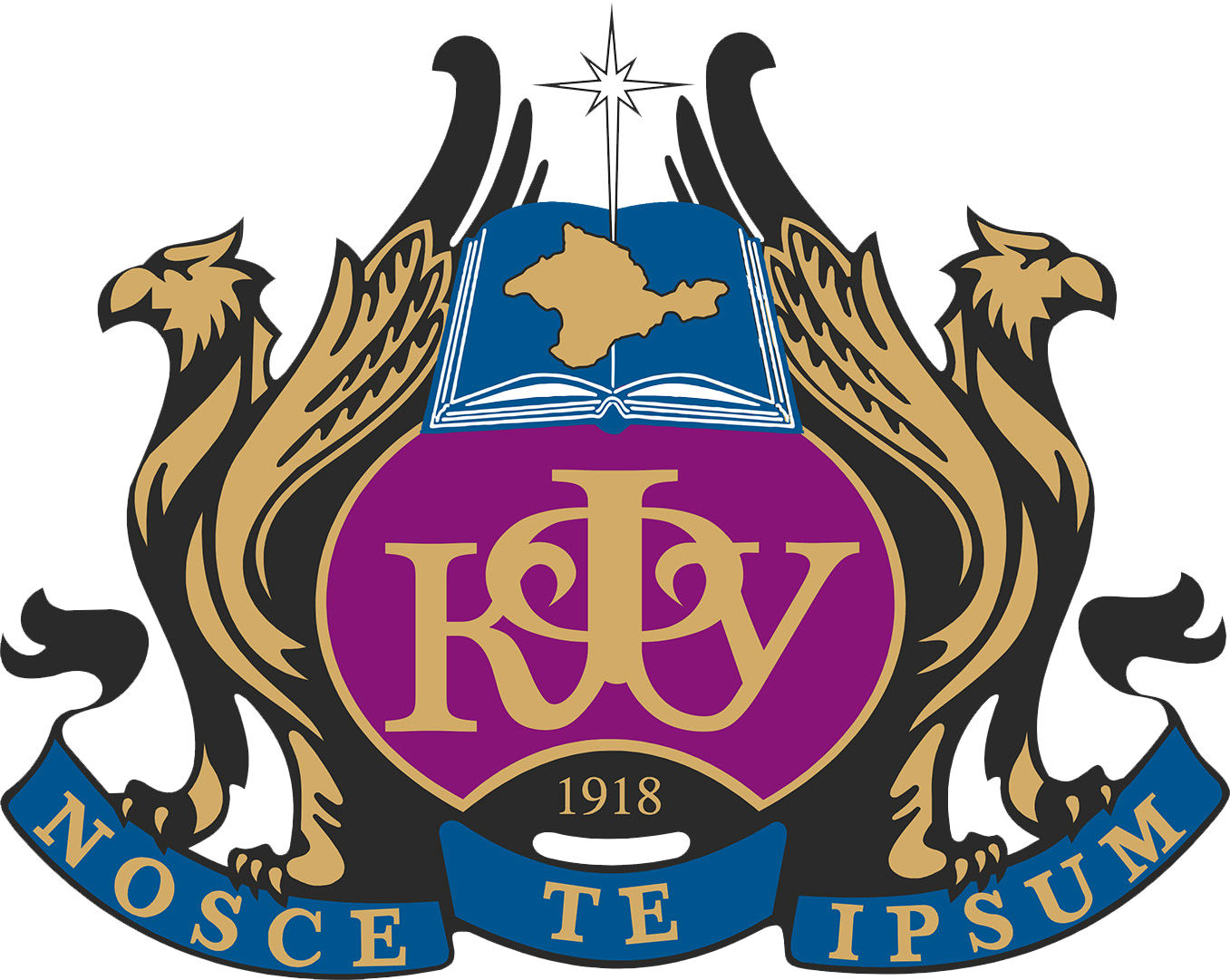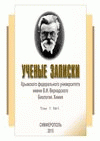Sevastopol State University
The work investigated the optimization of nutrient media and in vitro cultivation conditions of the lichen E. prunastri. A study of the growth and development of the culture under controlled conditions revealed a number of patterns at the morphometric and biochemical level. To select optimal conditions for in vitro cultivation of natural isolates, it was adopted to use various variants of the Murashige-Skoog nutrient medium with the addition of alcohol extracts or aqueous decoctions of bark from plants on which the lichen grows naturally (oak, apple, sloe, pear). The growth parameters of E. prunastri isolates have been established. The influence of cultivation conditions on the development of lichen in vitro and the production of biologically active pharmacologically valuable substances was studied. The viability and level of biomass accumulation of E. prunastri isolates from various natural habitats on Hoagland’s medium varied significantly (3–13 times), which indicates the need to select a highly active producer. The size of lichen cells when grown in vitro in a liquid nutrient medium is higher than in natural conditions (by 20.0–38.5 %%). It has been shown that the best medium for the accumulation of biomass and biologically active compounds (lichen acids, chlorophyll) is the Murashige-Skoog variant with the addition of apple bark decoction when grown in diffused light (1000–1500 lux) with a 16-hour photoperiod, temperature 18+1oC and humidity 90+5 %. The chemical analysis of the raw materials of cultivated and wild-growing lichen, as well as the resinoid (thick extract) based on it, indicates a similar qualitative and quantitative composition, which indicates the prospects of the biotechnology for their production. A comparative assessment of natural isolates of E. prunastri and determination of the possibilities of their cultivation in vitro in connection with the development of innovative lichen technology significantly expands the understanding of the biotechnological aspects of obtaining the “oak moss” resinoid (thick Evernia extract) for use in the perfumery, cosmetics, food and pharmaceutical industries as an odor fixer, aromatic and pigment flavoring agent, a source of biologically active pharmacologically effective compounds.
introduction, culture under controlled conditions, selection of nutrient media, Evernia prunastri, biologically active compounds.
1. Kurkin V. A. Pharmacognosy, 1239 p. (Samara: Ofort LLC; State Educational Institution of Higher Professional Education "SamGMU Roszdrava", 2007).
2. Medicinal plant raw materials, 296 p. (M.: Standards Publishing House, 1980).
3. Medicinal raw materials of plant and animal origin. Pharmacognosy, ed. G. P. Yakovlev, 845 p. (St. Petersburg: SpetsLit, 2006).
4. Teplitskay L. M., Kiriakidi E. P., Semyonova E. F., Goncharov M. A. State of research in lichen biotechnology, International Research Journal, 06 (108), 53 (2021).
5. Semenova E. F., Teplitskaya L. M., Goncharov M. A., Goncharov D. A. State and prospects of modern research in the biotechnology of lichens as medicinal raw materials, Bulletin of the State Nikitsky
6. Andreev M. P., Gimelbrant D. E. Flora of lichens in Russia: Biology, ecology, diversity, distribution and methods of studying lichens, 392 p. (M.; St. Petersburg: Partnership of Scientific Publications KMK,
7. Butenko R. G. Biology of cells of higher plants and biotechnology based on them, 159 (M.: FBK-Press, 1999).
8. State Pharmacopoeia of the Russian Federation / Ministry of Health of the Russian Federation. XV ed. (Moscow, 2023). http://femb.ru/femb/pharmacopea.php
9. Essential oils and their quality / V. S. Pashtetsky, L. A. Timasheva, O. A. Pekhova, I. L. Danilova, O. A. Serebryakova, 212 p. (Simferopol: IT “ARIAL”, 2021).
10. European Pharmacopoeia. 10- ed., Vol. I-III, Additions 10.1-10.8 (2019-2022).
11. ISO 6497:2002. Animal feeding stuffs
12. Starr C., McMillan B. Atoms and Elements, Human Biology, 11, 16 (2014).
13. ISO 734-1:2006. Oilseed meals — Determination of oil content — Part 1: Extraction method 1 with hexane (or light petroleum)
14. ISO 5983-1:2005. Animal feeding stuffs — Determination of nitrogen content and calculation of crude protein content – Part 1: Kjeldahl method
15. Mashanov A. I., Velichko N. A., Tashlykova E. E. Bioconversion of plant raw materials, 223 p. (Krasnoyarsk state agrarian univ., 2014).
16. Kasyanova A. P., Korchikov E. S. Using the microcrystallization method to assess the content of secondary metabolites of lichens, Samara Journal of Science, 11(4), 47 (2022). DOI: https://doi.org/10.55355/snv2022114106; EDN: https://elibrary.ru/SSHSLI
17. Ulyanovsky N. V., Kosyakov D. S., Bogolitsyn K. G. Development of express methods for analytical extraction of carotenoids from plant raw materials, Chemistry of plant raw materials, 4, 147 (2012). EDN: https://elibrary.ru/PWEAXF
18. Karnjanawipagul P., Nittayanuntawech W., Rojsanga P., Suntornsuk L. Analysis of carotene in carrot by spectrophotometry, Mahidol University Journal of pharmaceutical science, 37(1-2), 8 (2010).
19. Rahiman R., Mohd Ali M. A., Ab-Rahman M. S. Carotenoids concentration detection investigation: a review of current status and future trend, International Journal of bioscience, biochemistry and
20. Teplitskaya L. M., Semenova E. F., Kiriakidi E. P. Cyto- and histochemical studies of the lichen (L.) Ach. family Usneaceae in vitro culture, Plant biology and horticulture: theory, innovations, 159, 37





